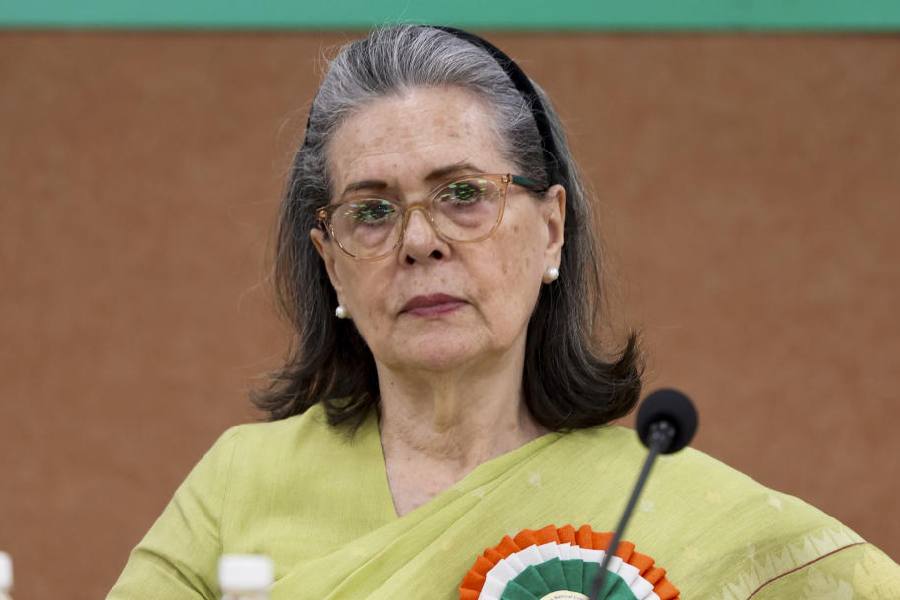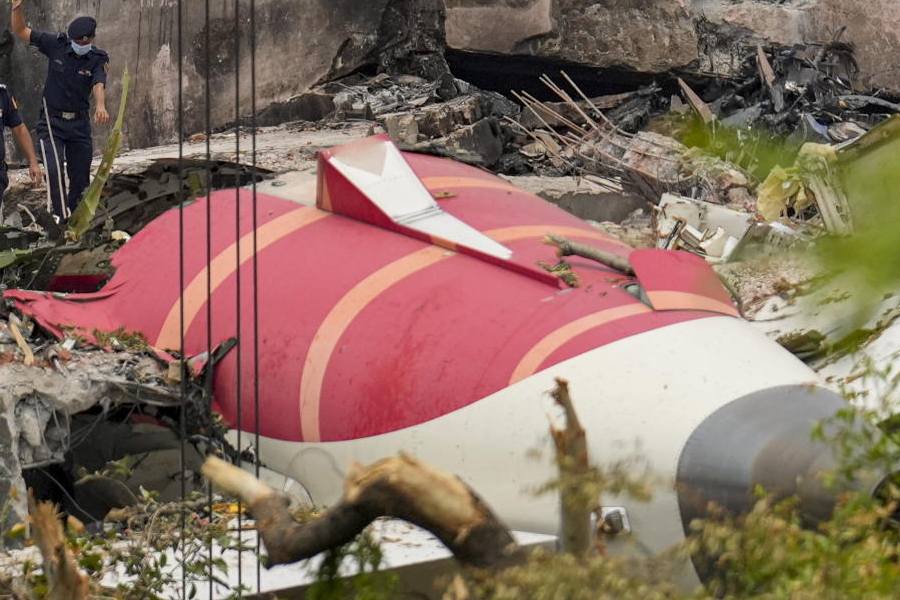
Sept. 20: If Ahmedabad can, why can't Calcutta?
In July, the 600-year-old walled city of Ahmedabad was declared a World Heritage City by UNESCO. This has led some to think that Calcutta can apply for the status, too. Among them is professor Rabindra Vasavada, distinguished architect from Ahmedabad and the impetus behind the dossier on Ahmedabad that won the city the UNESCO recognition.
Vasavada was in the city on August 18 to discuss Ahmedabad's new status and its implications for Calcutta. Accompanying him was architect and planner Sanjay Sridhar. They were in conversation at The Harrington Street Arts Centre with writer Amit Chaudhuri, who spearheads Calcutta Architectural Legacies (CAL), the citizens' initiative that organised the event.
Vasavada took the audience, as it were, through a step-by-step tutorial on how to write a dossier on a city that would express it best and go on to preserve it. But before that, he spoke about how to look at a city. As he spoke, it seemed he was talking not about what one ordinarily thinks of as a city, but something that was alive, rather, someone, and a loved one.
"Buildings are like books," said Vasavada. "Architects have to read the book, have to talk to the building, to talk to the city." Each house has to be looked at. "For the house is the city and the city is the house." The architect has to listen to "the language of the building".
The walled city, founded by Ahmad Shah I by the river Sabarmati, is old, congested and dilapidated in parts, but still constitutes the heart of Ahmedabad. To Vasavada, the distinct character of its neighbourhoods, called pols, comes from the house and the family living within the house contributing to the community. "What are the stories?" he asked. He pointed out the small details that made the old city: why the Jains built temples close to their homes, the extensive use of wood in the buildings, the closely-knit neighbourhood communities, the co-existence of Hindu and Islamic architectures.
The World Heritage stamp, he said, will bring global attention to the walled city, as vulnerable to property developers as many cities in the country. He said that the new status, however, should help to turn the table on the developers by redefining development itself. The old city will get a new value and old buildings will be less easy to demolish with UNESCO saying they are heritage. Real development, Vasavada felt, can be achieved only this way: by looking at history. In this sense, there is no conflict between conservation and development: conservation is pro-development. Annihilating history is not development.
This was stressed further by Sridhar, Vasavada's former student, who said there is no conservation architect, as every architect should be a conservationist.
Both Vasavada and Sridhar said that training the eye to look at the city and documenting it helped get Ahmedabad the heritage status. A city would have to talk about its Outstanding Universal Value (OUV) - bringing to mind again a student writing his statement of purpose - in a clear and convincing way to get the recognition.
For Ahmedabad, its unique urban archaeology won it the status. Sridhar pointed out other features - the intersections of houses, residents, culture and community. The lanes in the old city are narrow, he said, to enable one person to come from the other side, so that his face could be seen and a stranger could be spotted quickly.
Vasavada headed the team, which included Sridhar, to prepare the dossier on Ahmedabad for UNESCO. It took years.
Calcutta has so much within itself that it is quite eligible to apply for the UNESCO status, the two felt. Calcutta's OUV, Vasavada felt, could be its "modern urbanity", an idea that was accepted enthusiastically by Chaudhuri and many in the audience.
At the end, Sridhar gave the city a pleasant surprise: a well-designed website, where Calcuttans can document the life of the city, past and present. Documentation, he reminded again and again, was a very important stage towards getting the heritage status, which would, hopefully for Calcutta, too, allow the necessary question about what kind of development should be allowed to protect the OUV of the city.










